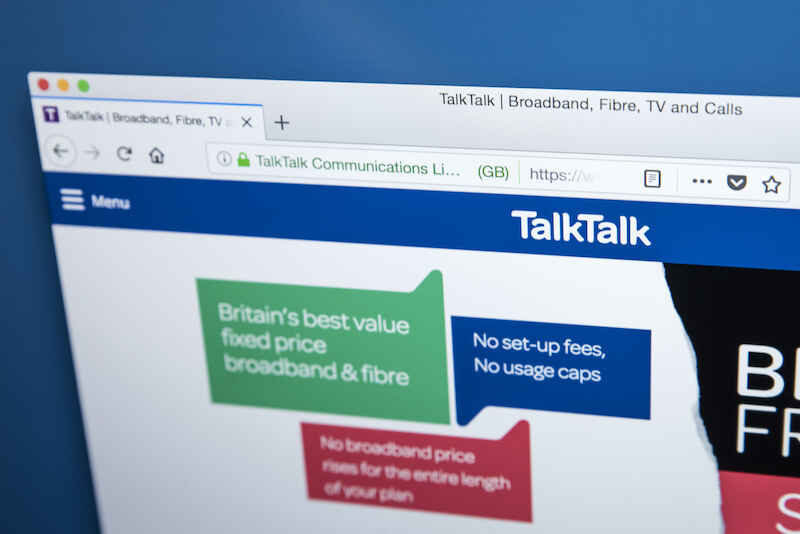Share this guide:
Last updated: 08 June 2021
If you’re a retail business looking for the
best business energy deals, increasing your efficiency is an easy way to slash your bills. Making even the smallest changes can make a big difference. The Carbon Trust estimates that a 20% cut in energy costs adds up to the same profit savings as experiencing a 5% increase in sales.
Becoming more energy efficient won’t just save your business money, but it can strengthen your brand too. Customers are becoming increasingly concerned about environmental issues relating to climate change, so are placing more value on eco-friendly brands.
Energy use varies a lot according to the type of retail business that you own, but there are a few key areas in which all retail businesses can decrease their energy usage.
Lighting
Lighting is likely a key cost for your business, as attractive store lighting plays a key role in enticing customers inside. But you can retain your desired level of lighting which reducing your energy impact.
Low Energy Bulbs
An easy way to cut down on your wattage is to invest in the latest low-energy lightbulbs. There are plenty of options of bulbs which offer the same high level of output as regular bulbs, but for a fraction of the energy usage. LED bulbs use 75 percent less energy and last 25 times longer than regular bulbs. As they only emit light in a specific direction, they are incredibly efficient when used for downlights.
It’s also worth replacing all fluorescent tube lamps with tri-phosphor-coated alternatives. These provide a brighter and more natural-looking light, and are also more energy efficient. What’s more is they continue to deliver the same amount of energy output throughout their whole lifespan.
Sensors for Staff Areas
Using advanced lighting controls in staff areas, like sensors and timers, can further reduce energy wastage. Their usage prevents lights from being carelessly left on for hours on end, creating significant
business energy savings. Other areas where sensors can be useful include stockrooms, meeting rooms, and customer toilets.
Routine Maintenance
It’s vital that lighting rigs are regularly maintained, to make sure that they continue operating at an efficient level. The Carbon Trust says that lights which aren’t properly maintained can reduce lighting levels by around 30% a year, having a significant impact on energy efficiency. Simply by cleaning, testing and regularly replacing bulbs, you can make sure your shop lighting continues to work at its best.
Heating
Heating is among one of the biggest outgoing costs for retail businesses, accounting for about one third of energy use. Keeping staff and customers at a comfortable temperature is very important, but energy efficiency need not be compromised.
Think About the Outside Temperature
Though turning up your thermostat in winter might seem like a good idea, consider that most customers will be wearing warmer clothing to fight the bitter cold. So, having your store too warm could lead to discomfort. Every degree that you increase your thermostat setting by could account for about 8% of your total heating bill.
On the other hand, you also need to consider the comfort of staff when reducing temperatures. If staff’s uniform is cool indoor clothing, you need to consider this before dialling down the thermostat.
Keep the Door Shut
Having an open door policy is a great way to make it clear that your business is open and ready for customers. However, this also allows warm air to escape, meaning that your heating system will have to work harder than it needs to. Though closing your doors may not sound ideal, there are a number of ways you can get around this:
- Install automatic doors.
- Install a revolving door.
- Create a draught lobby. This is an area inside the store that reduces the amount of cold air allowing to enter the building.
- Keep your door closed, but make your shop appear open and welcoming from the outside.
Temperature Zones and Timers
There are two distinct time zones for retail outlets: when the shop is open to the public, versus when the staff are the only ones on the premises. So, it can be useful to set up individual time profiles for your thermostat, working around your shop’s opening times. This will ensure that no energy is wasted when the shop is empty.
If your shop is quite large, it’s wise to also set up individual heating zones. This will allow you to control the temperature of different areas of the shop. For example, the front of the shop closest to the doors should be cooler, as this is where energy is most likely to be lost. In contrast, areas like the tills and customer changing rooms should be kept warmer. Having the flexibility to control the temperature of different areas of your store is a great way to save money on your business’ heating bill.
Energy Management
When reducing your energy costs, it’s really important to get staff on board with your mission. There are a couple of easy ways you can get your staff in the loop.
Involve Your Staff in the Process
If your staff have little knowledge of your business’ energy costs, then they’re not likely to be able to help you reduce energy consumption. One of the best ways to encourage energy efficient working practices is to provide your staff with an incentive. You could do this through a giveaway, competition or campaign.
Housekeeping Checks
Each month, get your staff to take the time to inspect your premises, and note down any areas that you think have potential opportunities for energy saving. Get them to watch out for things like lights being left on, windows being left open and doors left ajar. Staff should also look out for maintenance issues, like flickering light bulbs and poor ventilation, so that these things can be seen to quickly.

















